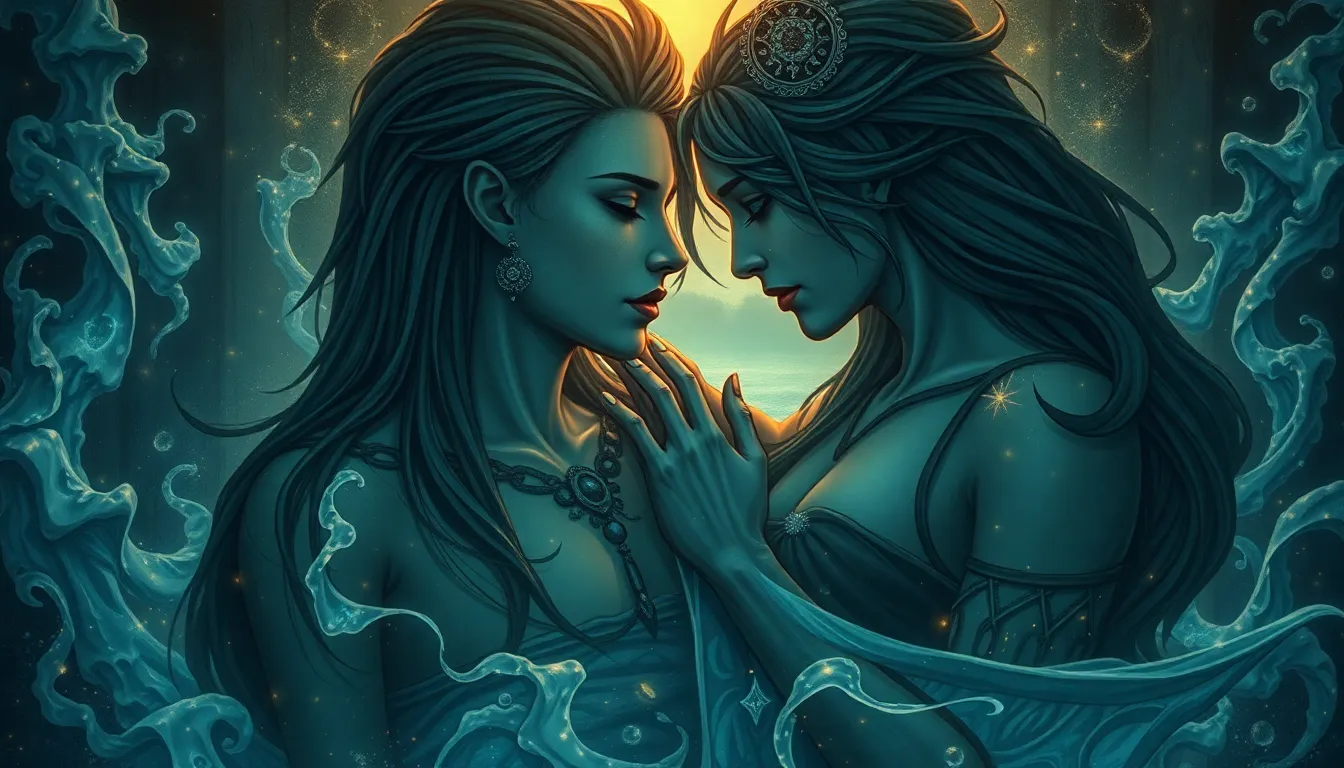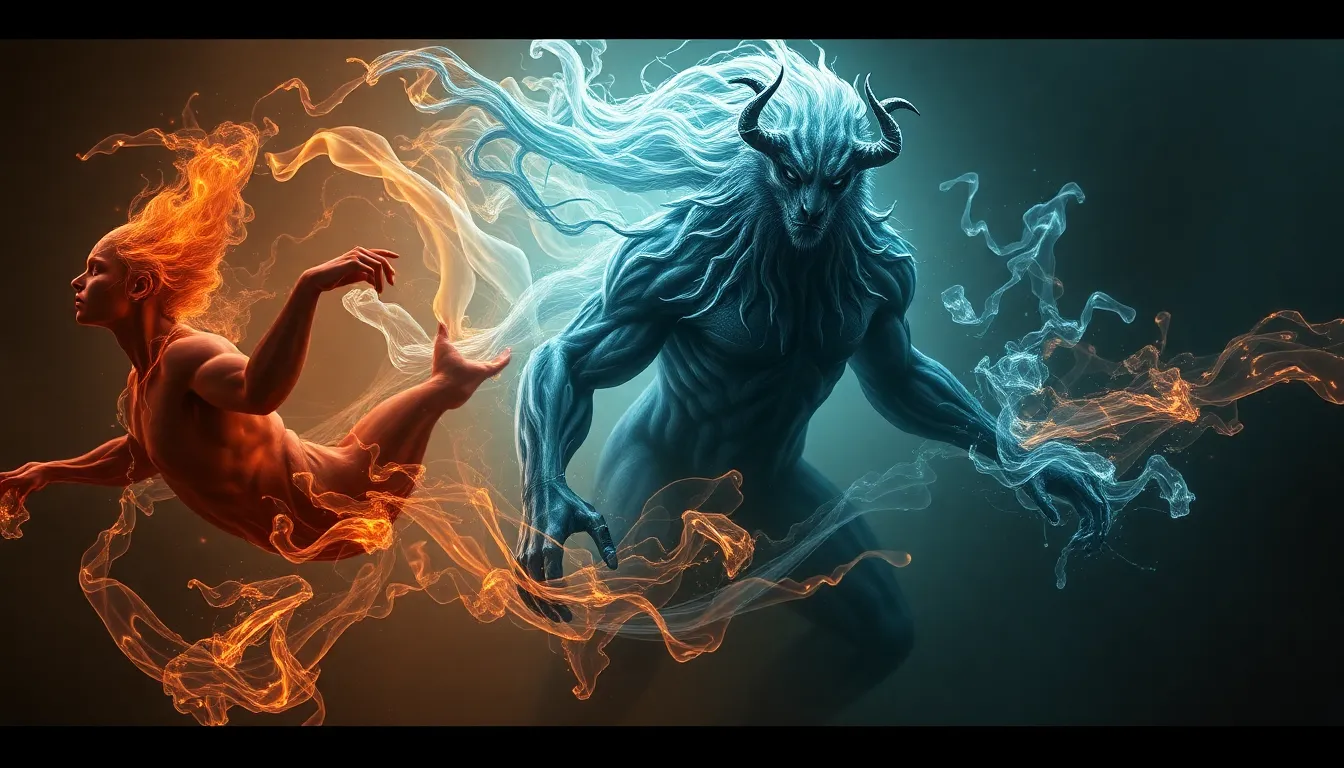The Inca Empire: A Land of Myth and Legend
The Inca Empire, a civilization that thrived in the Andes Mountains of South America from the 13th to the 16th century, was a society rich in history, culture, and captivating stories passed down through generations. The Incan people developed a unique and complex system of beliefs and rituals, where myth and legend played a vital role in their daily lives. These myths not only served as entertaining tales but also provided explanations for the origins of the world, the creation of the Inca people, and the nature of their relationship with the divine. They were a guide to understanding the cosmos, the natural world, and the social order.
Incan myths reveal a deep connection to nature, particularly the forces of the sun, moon, and stars. These celestial bodies were revered as divine beings, and their movements held immense significance in the lives of the Inca. They believed that the sun god, Inti, was the ultimate source of life and energy, and that the stars and constellations held mystical powers. Their mythology is infused with a reverence for the mountains, rivers, and animals that inhabited their land.
Incan Mythology: Guardians of the Sacred World
Incan myths are filled with powerful deities, mythical beings, and brave heroes. These stories served as a way to explain the world around them and to instill moral values and social norms within the Inca community. They believed that their ancestors had interacted with supernatural forces and that these encounters had shaped their destiny. These myths also served as a way to preserve their history and cultural identity. They were passed down orally from generation to generation, transforming and evolving over time, but always retaining their core messages and significance.
The Incas believed that the world was a sacred place, governed by a complex web of divine forces. Their stories reflected a deep respect for the natural world, the importance of community, and the value of sacrifices made for the greater good. These myths reflect a remarkable blend of spirituality, tradition, and wisdom, offering a glimpse into the heart and soul of the Incan civilization.
The Hero’s Journey: A Universal Theme in Incan Mythology
Many Incan myths follow a familiar pattern: the hero's journey. This narrative arc, found in stories across cultures and time periods, involves a hero who embarks on a quest, faces challenges and trials, and ultimately emerges transformed and victorious. The hero's journey in Incan mythology often represents a struggle between good and evil, the triumph of courage over fear, and the restoration of balance in the world.
The stories of Incan heroes are often intertwined with the stories of their gods and goddesses, highlighting the importance of divine guidance and the role of fate in their lives. These tales are a testament to the human spirit's ability to overcome adversity and achieve greatness, serving as a source of inspiration and hope for the Incan people.
Manco Cápac and Mama Ocllo: Founders of the Inca Dynasty
One of the most celebrated myths in Incan mythology tells the story of Manco Cápac and Mama Ocllo, the legendary founders of the Inca dynasty. According to this myth, Manco Cápac and Mama Ocllo emerged from the sacred Lake Titicaca, sent by the sun god Inti to establish a new civilization. They were given a golden staff, which they were to use to find the perfect place to build their city.
As they traveled, the staff sank into the ground at the location of Cuzco, the future capital of the Inca Empire. Manco Cápac became the first Inca ruler, and Mama Ocllo became his queen, together they led their people to prosperity and established the foundations of Incan society. Their story represents the divine origin of the Incan people and their close connection to their gods.
Inti, the Sun God: A Source of Power and Inspiration
Inti, the sun god, was the most important deity in the Incan pantheon. He was revered as the source of life, energy, and prosperity, and his presence was felt in every aspect of Incan life. The Inca believed that Inti had created the world and the first Inca emperor, and that he continued to guide and protect his people. They built magnificent temples in his honor, where they offered sacrifices and held ceremonies to appease him.
Inti was also a source of inspiration for the Inca. They saw his daily journey across the sky as a symbol of their own journey through life and their pursuit of greatness. The sun god was more than just a deity; he was a symbol of their identity, their connection to the cosmos, and their belief in the power of light and warmth.
The Viracocha Myth: The Creator and the World’s Origins
In the heart of Incan mythology lies the powerful figure of Viracocha, the creator god. Viracocha is the ultimate source of all things, believed to have emerged from Lake Titicaca, a sacred body of water for the Inca. He shaped the earth, mountains, and rivers, bringing life to the world with a mere wave of his hand. Some stories portray him as a benevolent and merciful god, while others depict him as a stern and demanding figure who could bring destruction as easily as creation.
Viracocha's actions are often described as unpredictable, reflecting the mysteries of the natural world. He is credited with creating the sun, moon, and stars, as well as the first humans. The Inca believed that Viracocha had given them their laws and customs, and that he continued to watch over them from the heavens. Viracocha's myth provides a framework for understanding the Inca's relationship to their world, highlighting the power of creation and the importance of respecting the natural order.
The Legend of Pachacutec: A Powerful Ruler and a Figure of Respect
Pachacutec, meaning "Earth Shaker", stands out in Incan history as a powerful and influential ruler. He is credited with transforming the Inca from a small tribal group into a vast empire that dominated the Andes region. Pachacutec's reign saw significant territorial expansion, military victories, and innovations in governance and infrastructure. He established Cuzco as the capital of the empire and laid the groundwork for its growth and prosperity.
However, Pachacutec's legacy extends beyond his military achievements. He is also revered as a visionary leader who recognized the importance of unity and cultural development. He promoted the use of the Quechua language, which helped to unify the diverse populations of the empire. He also supported the construction of impressive temples, palaces, and roads, showcasing the Inca's architectural prowess and their dedication to their gods. Pachacutec's story serves as a reminder of the importance of leadership, vision, and the power of a single individual to shape the course of history.
The Myth of Ayar Manco: The Brave Leader and the Fight for Survival
Ayar Manco is a legendary figure in Incan mythology, known for his courage, strength, and unwavering determination. He is one of four brothers, each given a task by the sun god Inti to establish a new land for their people. Ayar Manco, entrusted with the sacred staff that had guided Manco Cápac and Mama Ocllo, faced many challenges during his journey. He encountered fierce warriors, battled hostile spirits, and ultimately led his people to safety from danger.
Ayar Manco's story is a testament to the importance of perseverance, courage, and resourcefulness in the face of adversity. His fight for survival is symbolic of the Inca's struggle to establish themselves as a powerful civilization. His victories over adversity instilled a sense of pride and strength in the hearts of the Inca people, reminding them of their resilience and their ability to overcome any obstacle.
The Significance of Sacrifice in Incan Mythology
Sacrifice played a significant role in Incan beliefs and rituals, and it is frequently featured in Incan mythology. The Inca believed that sacrifice, whether human or animal, was a way to appease the gods, ensure good fortune, and maintain balance in the world. Sacrifices were often performed at important events, such as the arrival of the rainy season, a successful harvest, or a military victory.
Incan myths often depict heroes and heroines making sacrifices, showing their commitment to their people and their gods. Their actions reflected the importance of sacrifice in their culture and the belief that it was a necessary aspect of life. Sacrifice was viewed as a way to show gratitude to the gods, seek their favor, and ensure the well-being of the community.
Interpretations of Incan Mythology: Historical and Spiritual Perspectives
Understanding Incan mythology requires a multi-faceted approach. Historians analyze these myths for insights into Incan social structures, beliefs, and cultural practices. They can help us understand the Inca's relationship to the natural world, their political organization, and their deep connection to their gods. Scholars also recognize that Incan myths were not just historical accounts but also spiritual expressions.
They offer a glimpse into the Incan soul, their understanding of the universe, and their beliefs about the afterlife. The myths offer a rich tapestry of symbols, metaphors, and archetypes, offering a powerful understanding of the Inca worldview. The stories reflect the values that guided the Inca, their sense of community, their appreciation for nature, and their deep-seated belief in the power of the divine.
FAQs
Q: What are some of the most important deities in Incan mythology?
A: Some of the most important deities in Incan mythology include Inti (the Sun God), Viracocha (the Creator God), Mama Killa (the Moon Goddess), and Pachamama (Mother Earth).
Q: Did the Inca practice human sacrifice?
A: Yes, the Inca did practice human sacrifice, but it was not as widespread as some accounts suggest. Human sacrifices were reserved for special occasions and were often seen as a way to appease the gods and maintain balance in the world.
Q: What are some of the key themes in Incan mythology?
A: Key themes in Incan mythology include creation, sacrifice, the importance of nature, respect for authority, and the struggle for survival.
Q: How did Incan mythology influence their culture?
A: Incan mythology influenced all aspects of their culture, from their art and architecture to their social customs and beliefs. It provided a framework for understanding the world around them and for guiding their actions.
Q: What is the significance of the number twelve in Incan mythology?
A: The number twelve holds significance in Incan mythology, representing the twelve months of the year, the twelve cycles of the sun, and the twelve major deities. It is often associated with cycles of life, renewal, and the interconnectedness of all things.



